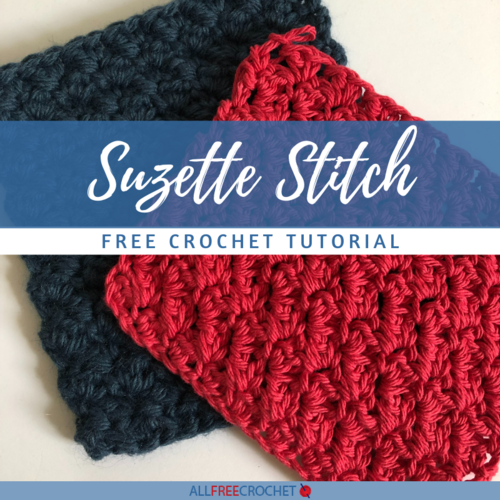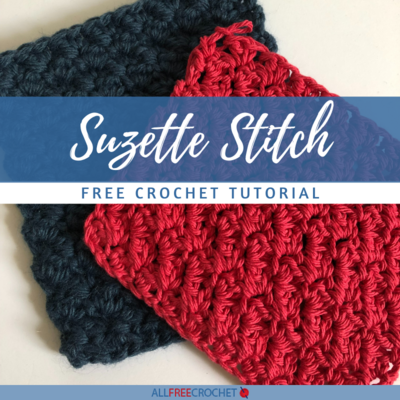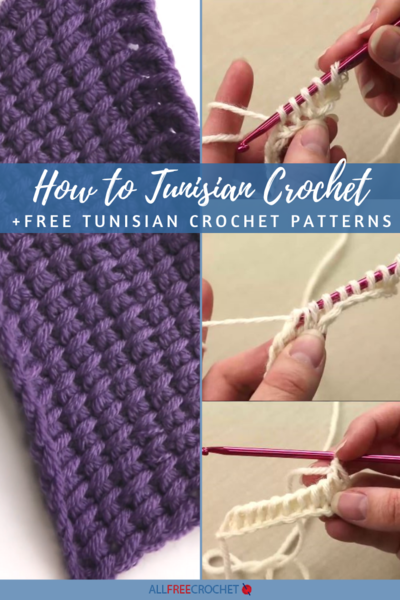Crochet Suzette Stitch Tutorial
Learn how to crochet the suzette stitch with this step-by-step guide!

With just a few simple stitches in crochet you can create a plethora of beautiful patterns to keep your crochet hooks occupied for hours. In this article, we will go over how to work-up the crochet Suzette Stitch, which only requires you to know how to make a single crochet & a double crochet stitch.
What is the Suzette Stitch
The Suzette Stitch is similar to the Lemon Peel Stitch in that it utilizes single crochets & double crochets to create the pattern. It’s a great pattern for beginners and advanced crocheters alike. The only difference is that with the Lemon Peel stitch you are alternating working single crochets and double crochets whereas with the Suzette Stitch you work both stitches into the same stitch. You end up with a beautiful pattern that resembles slanted shells.
Tutorial
Working with the suggested hook size for your yarn, crochet a foundation chain with an even number of chains

Row 1: In the 2nd chain from the hook work a Single Crochet (SC) & Double Crochet (DC). Skip the next chain, and then work another SC & DC in the following chain.


Continue this pattern for the length of your chain. Crocheting a SC in the last chain.

Row 2: Chain 1 and turn. In every SC from the previous row work a SC & DC. SC in the last stitch (a SC) of the row. (This is essentially working in every other stitch as in Row 1).
Repeat Row 2 for your desired length, then fasten off and weave in the ends.

Final Thoughts
A few things to note about this stitch. It’s best to work it with a looser tension as you go. If your tension is too tight you may find that your project will begin to curve, but crocheting it with a looser tension will give you a straight edge along the bottom and your project will lay flat. And while some patterns benefit from being worked up using a thinner weight yarn, this is one stitch that works up just as well with a thicker weight one as well. Since it does work well with different yarn weights, it’s a good go-to pattern for all different types of project, from blankets to bibs.

Read NextField Of Flowers Crochet Stitch
















